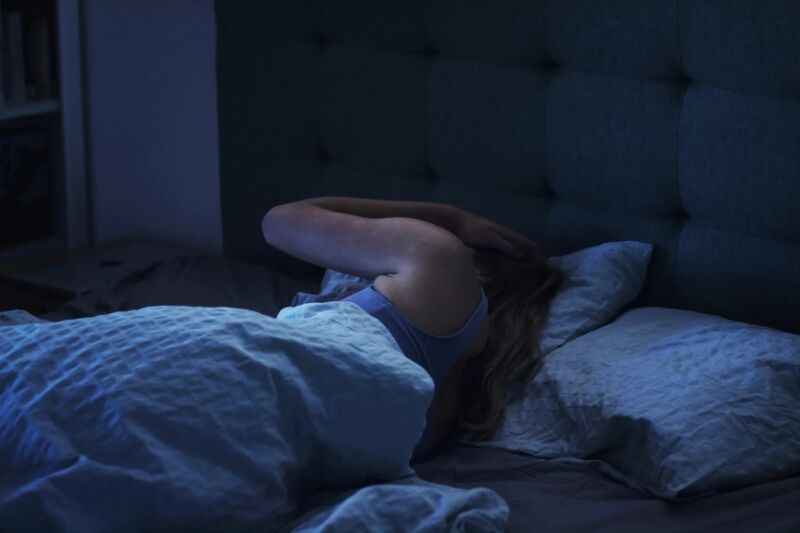Why physical pain, one of the most fundamental human experiences, varies in severity throughout the day has long been a mystery. Many different types of pain have a tendency to worsen at night, as both physicians and patients have seen since the beginning of medicine. The majority of research to date has attempted, with varying degrees of success, to connect increasing nocturnal discomfort to sleep deficit or interrupted sleep.
Researchers at the Lyon Neuroscience Research Centre in France, under the direction of Claude Gronfier, have recently published a study that sheds light on the subject of shifting pain sensitivity. They contend that our circadian clock strongly influences these shifts, with a corresponding peak and trough in intensity throughout the day.
Internal rhythms can be heard in every system of the body, even in those who cannot dance. These biological processes, known as circadian rhythms, adjust their activity to rise and fall at specific times throughout the day in response to the body's internal clock. According to Lance Kriegsfeld, a circadian biologist at the University of California, Berkeley, they exert control over "virtually all areas of our physiology and behaviour," influencing pretty much every body system.
By demonstrating that a brief, painful heat stimulation was felt to be most severe around 3 am and least unpleasant around 3 pm, Gronfier and his team's research highlighted the impact of these rhythms on pain. Nader Ghasemlou, a pain researcher at Queens University in Kingston, Canada, who wasn't involved in the study, says it's "extremely interesting." It's one of those studies that provides answers to long-standing queries.
Because it is challenging to demonstrate that everything is governed by the body's internal clock and because doing so requires a laborious study design, uncertainties have lingered for a long time. Participants must be placed in a carefully supervised laboratory environment so that researchers can rule out any environmental or behavioural factors that might also contribute to a rhythmic variation. It's impossible to determine the time when using this strategy, known as a "constant routine protocol," because everything is maintained constant, including the lighting, temperature, and access to food. For at least 24 hours, participants must lie down in a semi-recumbent position in a dimly lighted environment. They are not permitted to rest, go outside, or stand up to use the restroom. Only tiny nibbles are provided every hour. Participants are welcome to converse with the study team, although personnel areIt was highly forbidden to bring up the time in any way. Nothpattern "emanates from within, and precisely from the circadian timing system," according to the protocol.
Gronfier's team identified 12 healthy young men who consented to follow the regimen for 34 hours in order to learn more about the rhythmic nature of pain. The group measured the subjects' pain threshold every two hours using a forearm-mounted device that gradually raised its temperature by one degree Celsius until they complained of pain. The device was often stopped by the participants just before it reached 46° Celsius (115° Fahrenheit). Additionally, the gadget was tested on the subjects at three different temperatures (42, 44, and 46 degrees Celsius), after which they were asked to rate their level of pain on a visual scale.
The researchers needed to measure each person's body clock before they could search for rhythms in this data. There are "morning larks," "night owls," and everyone in between, even though everyone's rhythms generally follow a daily cycle. To do this, the researchers took hourly saliva samples to measure the rise in the hormone melatonin, which is released around two hours before one typically goes to bed. They then utilised this data to synchronise everyone's rhythms with a single 24-hour clock. The pain cycle then became quite evident. On this standardised measure, sensitivity often peaked between 3 and 4 am, declining to its lowest level about 12 hours later.



0 Comments